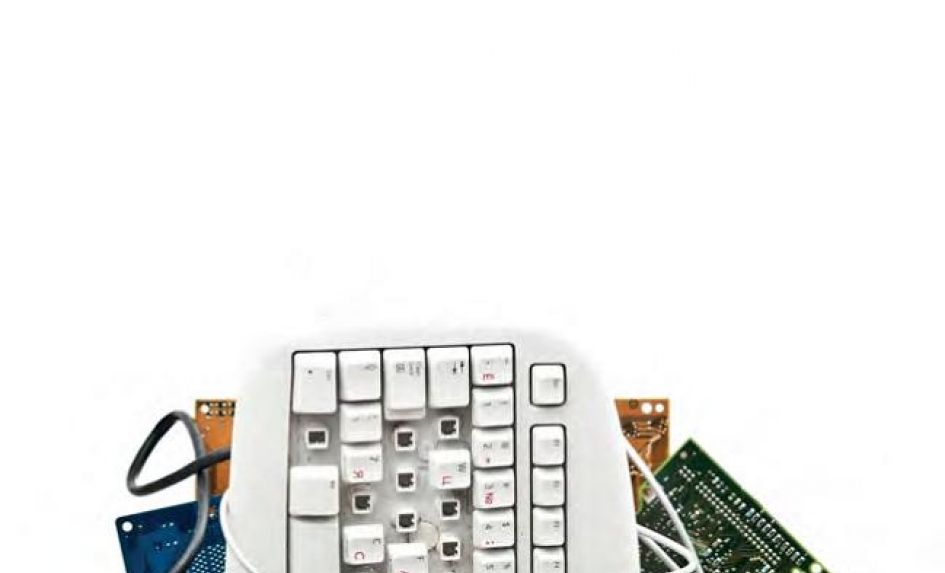Research produced by the British Educational Suppliers Association (BESA) earlier this year included the finding that as many as 40% of primary schools (and 67% of secondary schools) report that they’re not sufficiently equipped with up-to-date ICT infrastructure and devices.
Commissioned by BESA, the research in question was undertaken by the National Educational Research Panel (NERP), involved a sample of 557 primary schools and 366 secondary schools, and marked the third year in a row that BESA has seen a decline in the number of those who feel that schools are able to offer a sufficiently high standard of ICT provision.
The findings appear to be consistent with previous research carried out by the association, which found that around 316,500 computers in primary schools are more than five years old. That’s around 20% of all primary school computers in the country.
What lies behind those figures is that schools continue to be heavy users of desktop computers, but don’t appear to be replacing them – to the point where those machines are becoming increasingly less effective for classroom use.
The number of desktop computers having to be withdrawn by schools due to their obsolescence has begun to outstrip the purchasing of new machines to take their place, with the result that children in both primary and secondary schools are getting access to fewer desktop computers overall. Indeed, it appears the total number of desktop computers available in primary schools declined by 19.5% between 2017 and 2018.
That said, there has been a notable rise in schools’ use of tablets and laptop machines over the past two years, perhaps partly due to the way that they can provide a more personalised approach to ICT-based learning. As desktop availability in primary schools has gone down, their laptop and tablet provision has gone up by 10.4% and 27% respectively between 2017 and 2018.
Nonetheless, the volume of obsolete and ineffective desktop computers still found in schools is worrisome. It’s highly likely that those old machines will struggle to run new software, depriving children of the educational outcomes that modern, high quality EdTech solutions can provide (to say nothing of the potential security risks that older computers and operating systems can pose).
The ongoing shift away from traditional ICT suites consisting of desktops towards mobile devices is reflective of broader trends in corporate and consumer technology use. We’ve even seen some schools consider introducing ‘bring-your-own-device’ policies, because of how they can reduce procurement costs (albeit by putting the onus on parents to invest in mobile devices that are consistent with school policy).
If there’s any good news to take away, it’s that primary school leaders are expecting to increase their total ICT spending in 2018/19. A third of that is due to be spent on devices, which will hopefully help bridge the obsolescence gap. Headteachers are evidently recognising the importance of bringing their ICT provision up to speed, so that they can provide their pupils with the best that EdTech has to offer.
Cleo Fatoorehchi is communications coordinator at the British Educational Suppliers Association.










